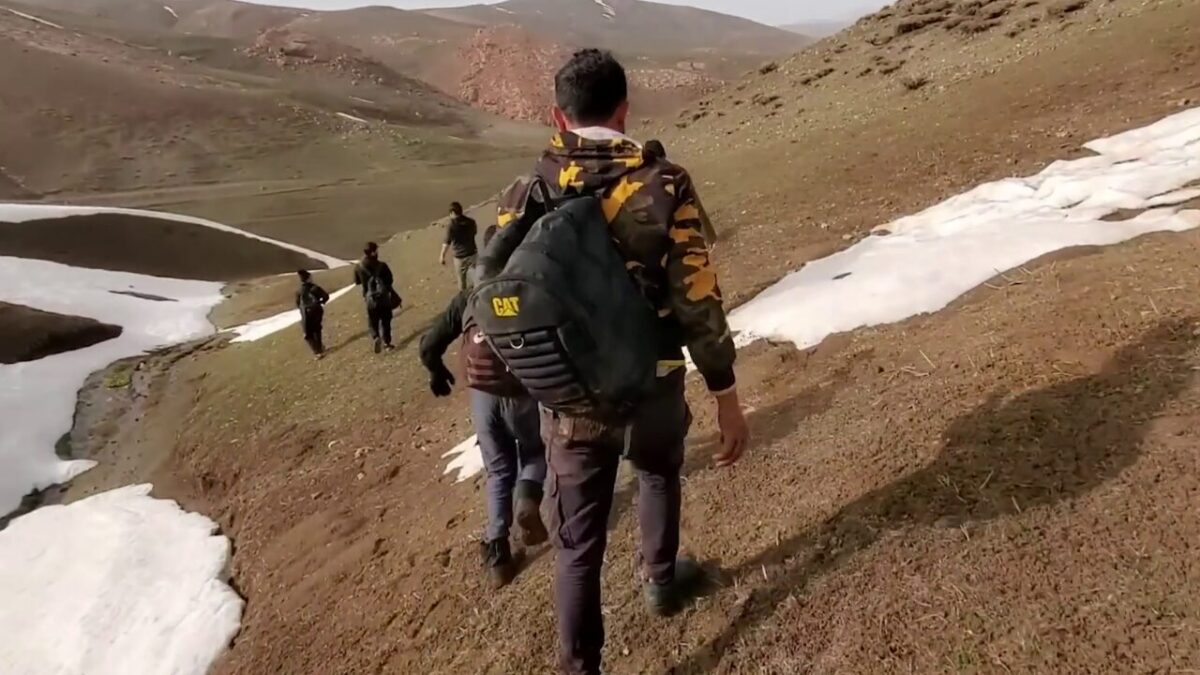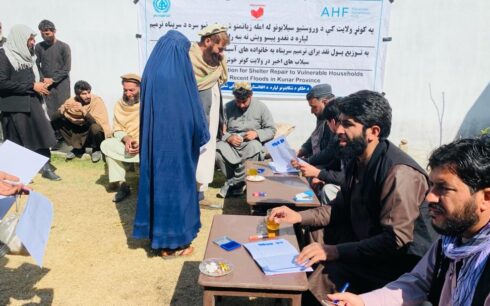Human trafficking activities in Afghanistan have seen a sharp rise over the past year, according to a field survey conducted by Amu.
The findings reveal that trafficking networks, particularly active in border provinces, are increasingly preying on vulnerable Afghan youth, exploiting their desperation to flee the country’s deteriorating conditions.
The survey sheds light on the extent of this crisis, its connection to other criminal activities, and the personal stories of those who have fallen victim to these illicit networks.
The survey, conducted across eight provinces—Farah, Bamiyan, Parwan, Jawzjan, Faryab, Daikundi, Paktia, and Herat—involved 40 individuals, all of whom had direct experience with human trafficking. A significant 67 percent of respondents reported an increase in trafficking activity in their areas, while only 15 percent believed it had decreased. The remaining 18 percent either saw minimal change or a slight uptick.
The majority of respondents confirmed that the primary targets of these trafficking networks are young people. More troublingly, many of these networks are engaged in multiple criminal enterprises, including drug smuggling, arms trafficking, and collaboration with kidnappers. Some are even connected to terrorist organizations.
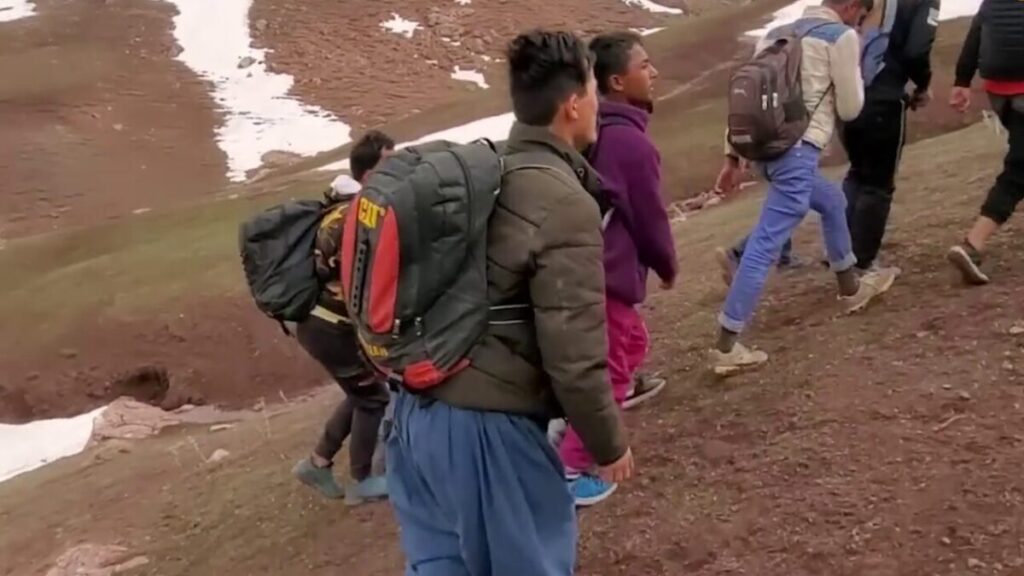
A web of criminal activity
The survey indicates that human trafficking networks do not operate in isolation but are linked to other criminal networks across Afghanistan and beyond its borders. Respondents explained how these networks, often based in Afghanistan’s major cities, have ties to international smuggling operations. Their activities are not limited to human trafficking but also include drug smuggling, gun running, the illicit trade of human body parts, and supporting extremist groups such as ISIS.
Several interviewees shared the horrors of traveling along these illegal migration routes, often described as “paths of death.” The routes, controlled by traffickers, stretch through dangerous terrain, with migrants subjected to violence, deprivation, and exploitation.
At border crossings, particularly in provinces like Nimroz, Herat, and Kandahar, trafficking networks have taken advantage of Afghans seeking to flee the country. These networks, according to the survey, have deep connections with other underground groups in Afghanistan and across the region, particularly in neighboring countries such as Pakistan and Iran.
According to the Amu survey, 67.5 percent of respondents reported an increase in trafficking activities over the past year. An additional 12.5 percent said there had been a slight increase. Only 15 percent believed the situation had improved, with fewer trafficking incidents reported.
Who are the traffickers?
The survey revealed that 82.5 percent of the traffickers are Afghan citizens, while the remaining 17.5 percent include foreign nationals, primarily from Pakistan. The motives driving these trafficking networks are primarily financial. A vast majority (95 percent) of respondents cited profit as the primary objective of these networks. However, other illicit objectives include sexual exploitation (2.5 percent), arms trafficking (2.5 percent), and drug smuggling (7.5 percent). There were also reports of human trafficking networks being involved in organ trafficking (5 percent) and collaborating with kidnappers (10 percent).
The findings show that human trafficking is a multifaceted enterprise, with traffickers exploiting their victims for multiple criminal purposes. Nearly 7.5 percent of respondents said that trafficking networks were linked to terrorist groups such as ISIS, further deepening the security risks associated with these activities.
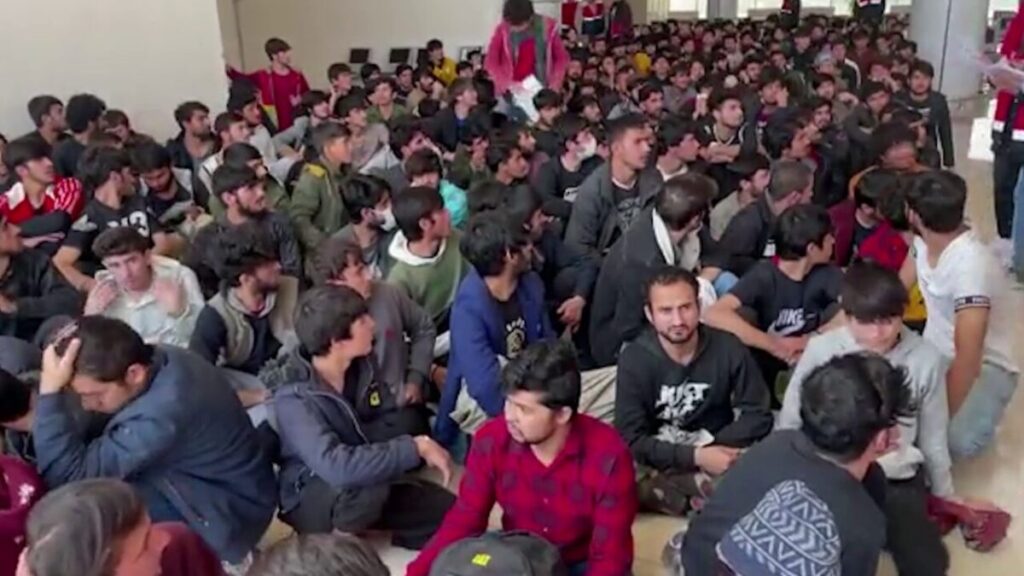
Targeting the vulnerable
The traffickers typically lure their victims through promises of a better future abroad. Many respondents said that traffickers use deceitful promises to convince young people to embark on dangerous journeys. Approximately 57.5 percent of respondents said that these networks use “false and decisive promises” to attract potential migrants. Others reported that traffickers resorted to propaganda (17.5 percent) or manipulated the “negative situation” in Afghanistan to coerce people into migrating (15 percent).
Beyond deception, traffickers exploit the dire economic conditions in the country. Many of those surveyed cited the pervasive poverty in Afghanistan as a significant factor driving people to seek out these illicit networks. Ten percent of respondents said that individuals facing economic hardship actively approached traffickers to escape the country. Another 7.5 percent noted that traffickers exploit the poverty of Afghans, particularly in rural areas.
These findings align with broader observations that Afghanistan’s worsening economic situation—marked by unemployment, inflation, and a lack of opportunity—has left many with no choice but to seek a way out, no matter the cost.
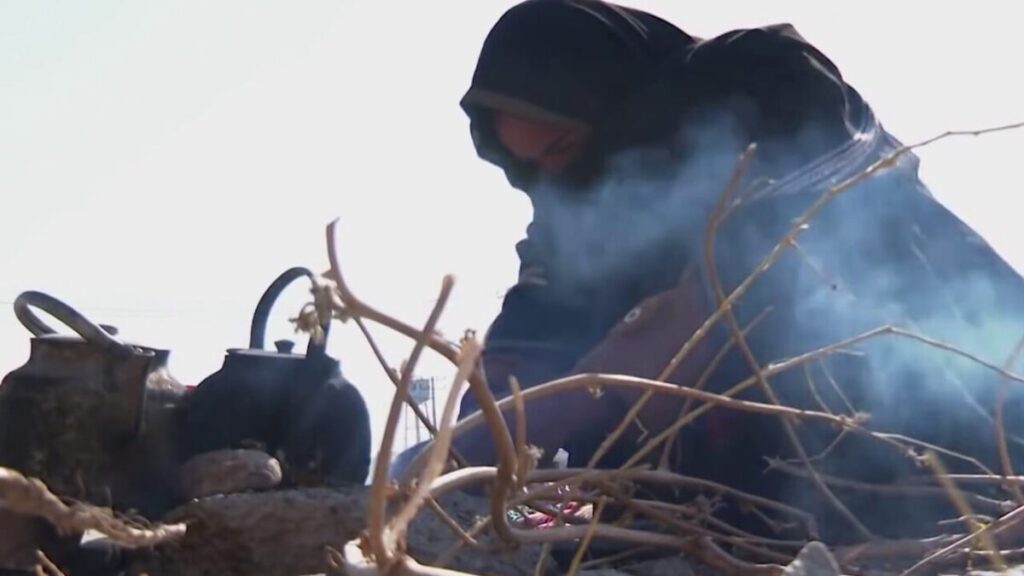
Victims’ stories: A journey through hell
Several victims of human trafficking spoke to Amu about their horrific experiences. The stories paint a grim picture of the conditions faced by migrants attempting to leave Afghanistan illegally. Khyber (pseudonym), one of the survivors, described how he narrowly escaped death on what he called the “path of death.” Kidnapped and held by traffickers, Khyber endured extreme deprivation and brutal beatings.
“The experiences we went through while being held hostage by thieves were unimaginable. We were thirsty, but they gave us no water—no food, no bread,” Khyber told Amu. “They beat us constantly and forced us to call our families, demanding money for our release. One of my friends died right there from hunger, thirst, and the relentless beatings.”
Ahmad (pseudonym), another victim, recounted a similar story. Driven by financial desperation, Ahmad sought the help of traffickers to escape to Iran. However, his journey was fraught with abuse. After being detained and beaten by the traffickers, Ahmad was eventually arrested and deported by Iranian police. Along his journey, he witnessed the bodies of fellow migrants—victims of the harsh conditions they faced along the route.
“If they gave us water, it was in a dirty container, and they left us out in the hot sun. They packed 20 to 30 of us into a single vehicle, men and women alike,” Ahmad said. “The cries of children echoed from the back. We saw bodies of people who had died—some shot by border guards, others who perished from hunger and heat.”
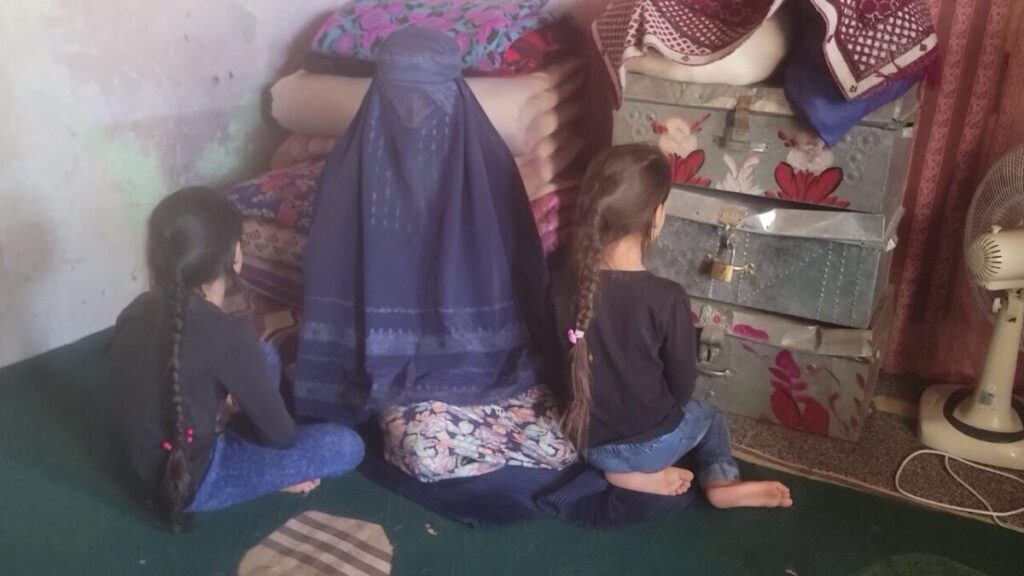
Women and children: The forgotten victims
Women and children are not exempt from these perilous journeys. Setara (pseudonym) shared her story of migrating illegally to Iran with her family. Despite knowing the risks, she felt she had no choice but to leave Afghanistan in search of a better future.
“One year ago, we left Afghanistan illegally. The smugglers were known to my husband’s relatives, and they took us through the mountains to Iran. Along the way, we faced hunger, thirst, and extreme hardship,” Setara recalled.
Marouf (pseudonym), another victim, described the inhumane treatment women and children faced along the migration route. He recounted how many women were forced to abandon their children, unable to carry them any further through the mountains.
“There was no water, no food. What hurt the most was seeing women leave their children behind because they couldn’t continue. Pregnant women were treated with the same cruelty as everyone else, and it broke our hearts,” Marouf said.
The traffickers showed little regard for the well-being of the migrants. Marouf explained that smugglers packed up to 14 people into a single car, with no concern for their safety. When migrants asked for water or food, they were beaten.

A growing crisis in border provinces
According to Amu’s findings, provinces along Afghanistan’s borders, such as Nimroz, Herat, and Kandahar, are experiencing the highest levels of human trafficking. In these regions, trafficking networks compete with one another to control migration routes, smuggling Afghans into Iran, Pakistan, and beyond. Along these routes, migrants face not only the dangers posed by traffickers but also the risk of being kidnapped or killed.
Ahmad Shah (pseudonym), a victim of human trafficking, described his journey through Nimroz and into Iran. “I went to Nimroz, where many smugglers operate. They took us to Iran, but we faced hunger, thirst, and constant humiliation along the way. We were beaten, and many didn’t survive the journey,” Ahmad Shah told Amu. “I eventually made it to Tehran, but only after enduring unimaginable suffering.”
For many victims, the ordeal doesn’t end at the border. Hamid (pseudonym) recalled being kidnapped by thieves in Turkey, where he was held for ransom. “They took everything—our phones, money—and locked us in a dark room. They called our families, demanding $5,000 for our release,” Hamid said.
Sabir (pseudonym) shared a similar story, explaining how he was kidnapped in Iran and only freed after his family paid the traffickers. Despite the dangers, Sabir eventually made it to Istanbul, only to be detained and deported by Turkish authorities.
An uncertain future
As Afghanistan continues to grapple with economic instability and insecurity, human trafficking networks are thriving. With the collapse of legal migration channels and few opportunities for Afghans to leave the country safely, many are turning to these networks in desperation. The risks, however, are significant, and many victims of human trafficking never make it to their intended destinations.
The border provinces of Nimroz, Herat, and Kandahar remain hotspots for trafficking activities, with traffickers constantly seeking new ways to exploit the vulnerable. As the situation in Afghanistan worsens, there is little indication that these trafficking networks will slow their operations. Instead, they continue to expand, luring more and more Afghans into their dangerous web.

